As the heart and soul of your story, characters need to captivate readers with their goals, motivations, and conflicts. You want your readers to root for them — or against them — and stay invested enough to stick around. But how can you create such compelling characters without feeling overwhelmed? Plottr’s Goal, Motivation, Conflict Character Template is one tool that can help you keep readers hooked. Read on to learn how to use it, and why it’s helpful.
What is the Goal Motivation Conflict Method of Building Characters?
The Goal, Motivation, Conflict method for crafting lifelike characters has been around for a long time. It’s most popularly associated with author Debra Dixon.
Put simply, the GMC structure helps you outline what characters want, why, and what trouble pursuit of these desires brings. It supports the emotions your characters experience, giving them substance, reason, action and reaction.
With clear emotional and psychological character foundations, you can build greater authenticity in your characters.
Who is the Goal Motivation Conflict Method For?
One of the great things about the Goal, Motivation, Conflict character structure is that it supports every writer’s style.
If you’re a plotter, or outliner, it helps you to envision characters in action. Not just what they look like, but how they behave and why. This enables you to create recognizably human characters who are filled with emotion, quirks, and reasons for behaving and misbehaving.
Using the GMC method to outline may strengthen your story and inspire character-based twists and turns that enrich your plot.
If you’re a pantser, or discovery writer, a GMC outline lets you capture and backfill characters’ psyches. This helps you ensure that behavior is not only believable but consistent. Then, as you work through your plot and story, you can flesh out each character’s profile. You’ll make sure that the quirks and drivers you set in motion on page one build consistently across your story.
Introducing the GMC Character Template in Plottr
In Plottr, the GMC template helps you distill this detail into the three themes (goal, motivation, and conflict).
Here are the components of the Goal, Motivation, Conflict template in Plottr:
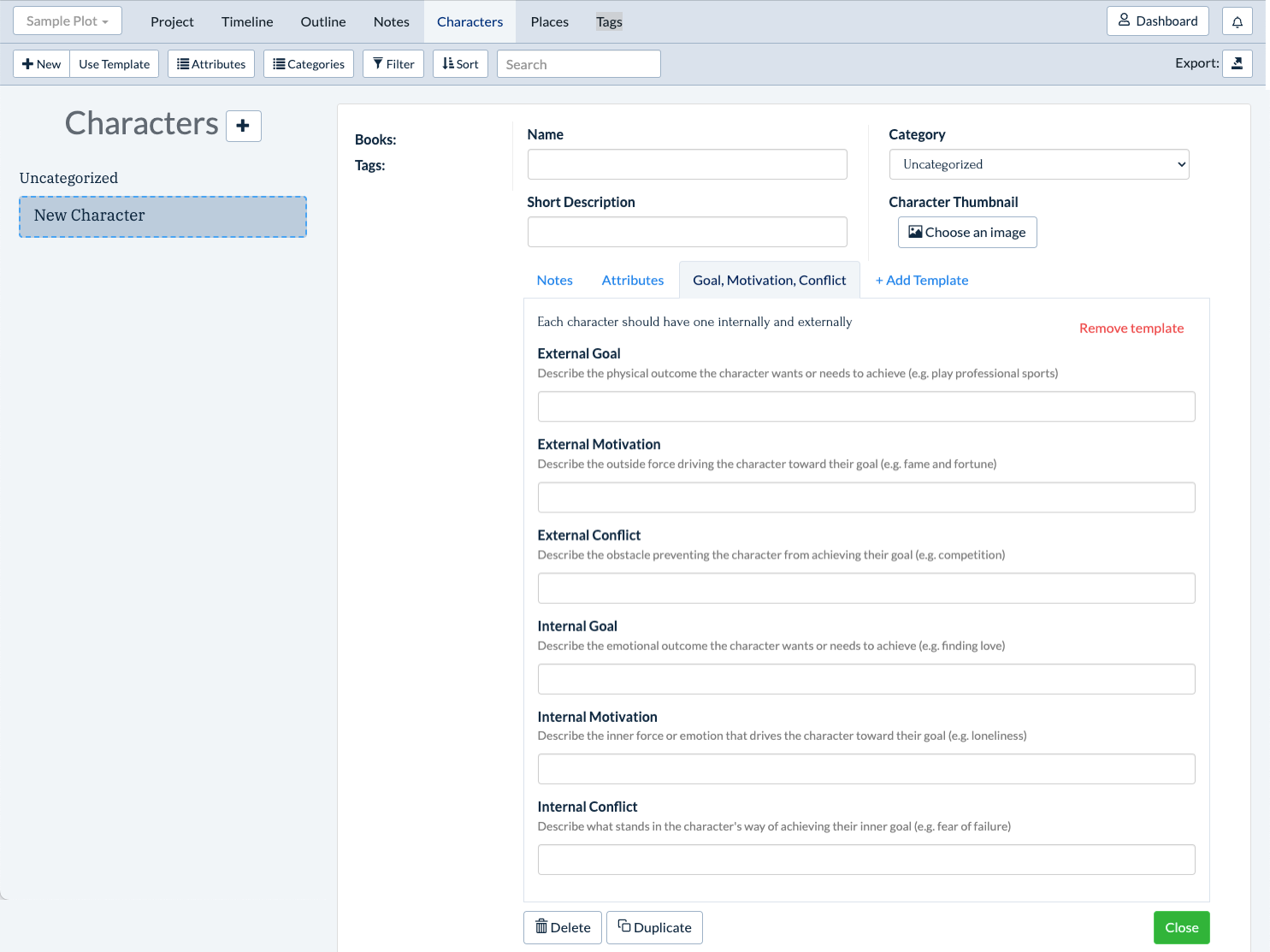
Goal
- Internal Goal: Describe the emotional outcome the character wants or needs to achieve
- External Goal: Describe the physical outcome the character wants to achieve
Motivation
- Internal Motivation: Describe the inner force or emotion that drives the character toward their goalÂ
- External Motivation: Describe the outside force driving the character toward their goal
Conflict
- Internal Conflict: Describe what stands in the character’s way of achieving their inner goal (e.g. fear of failure)
- External Conflict: Describe the obstacle preventing the character from achieving their physical goal (e.g. competition)
An Example of Plottr’s Goal Motivation Conflict Template
Let’s examine how we can apply the concepts of the Goal, Motivation, and Conflict template to Marty McFly in the movie Back to the Future.

Goal
At the story’s beginning, we’re introduced to Marty McFly, a fun-loving teenager living in 1985 California who dreams of becoming a rock idol. That’s his internal goal.
While practicing the guitar and rehearsing with his band is fun, it doesn’t offer the same exhilaration as a cheering crowd. That’s why Marty and his band audition to perform at the high school dance — because his external goal is to show the school just how talented he is.
Motivation
Marty loves the spotlight, but we quickly learn that, deep down, he is insecure. This is no doubt the result of seeing his father bullied by Biff daily. Still, he is driven to overcome by his sense of pride and vanity — this is his internal motivation for moving through the story as he does.
As a result, he continually finds himself falling into situations where he is not only the center of attention, but the person everyone needs to solve their problems. His external motivation comes from their demands and expectations.
Conflict
As the movie progresses, we see that Marty loves his dad but is ashamed by how his father bends under Biff’s bullying. Balancing that affection and shame is a significant internal conflict for Marty.
Ultimately, unless he can stoke his dad’s confidence and coax him into asking his mom to the Enchantment Under the Sea dance, there’ll be no Marty in the future. This presents an external conflict he must overcome to achieve his goals of fame and adoration.
How to Use Plottr’s Goal Motivation and Conflict Template
If this sounds like a helpful device for building your own characters and stories, you’re in luck: with Plottr, incorporating the GMC template into your characters is easy.
Once you have Plottr setup on your computer, just follow these four steps to add the Character Bio template to your character. You can get started with a free trial.
- Step 1: Open Plottr and start a new project (or open an existing one)
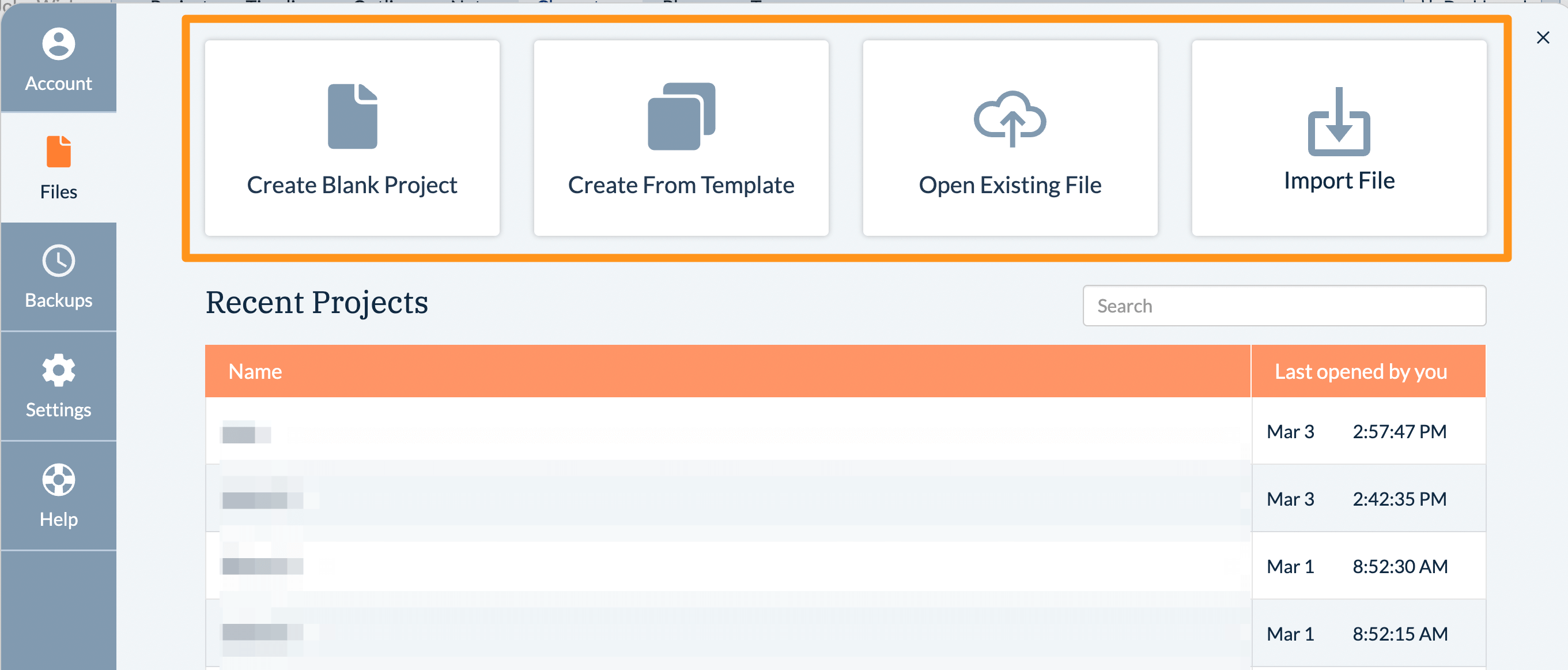
- Step 2: Once the project is open, navigate to the Characters tab and click the + button to create a new character (or edit an existing one), then click Add Template
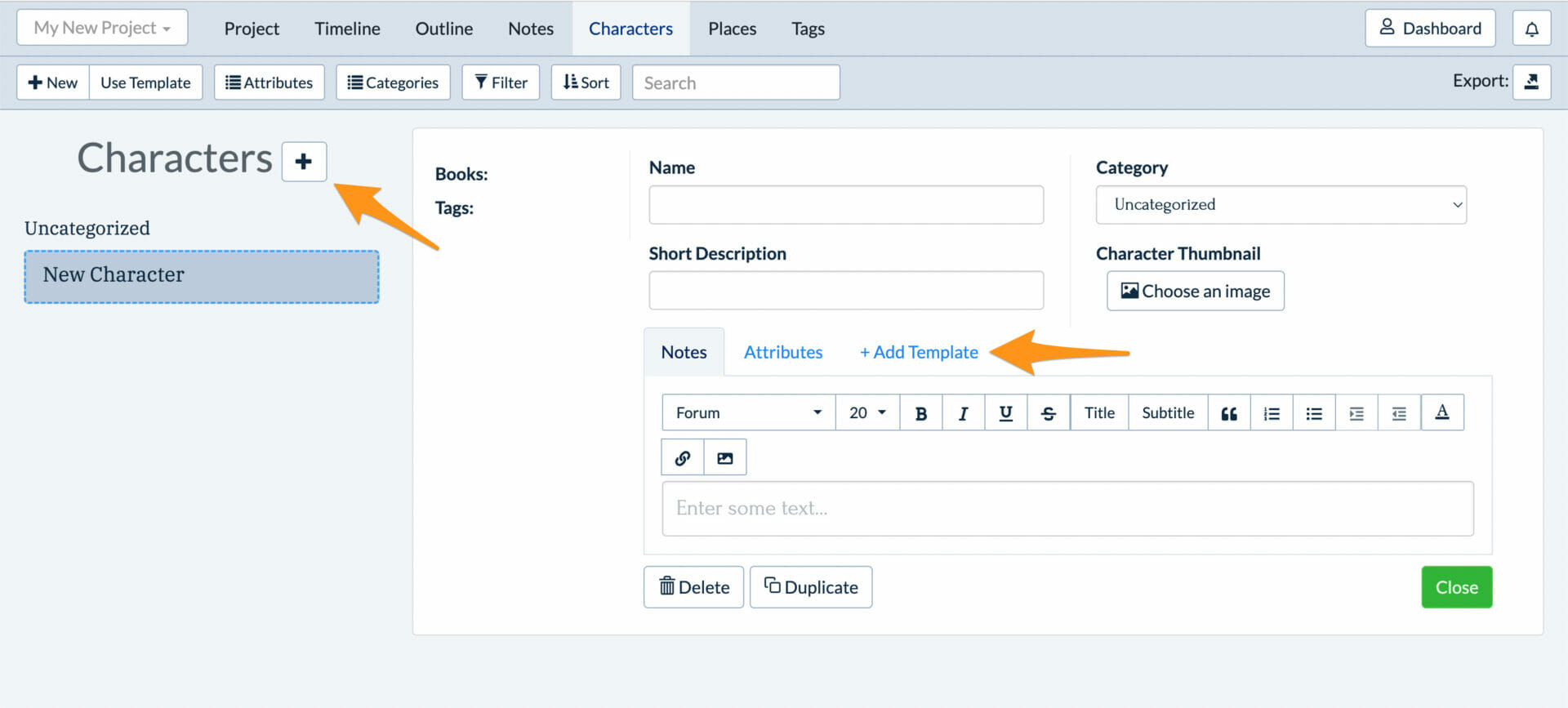
- Step 3: Select Goal, Motivation, Conflict from the list of character templates and click Choose to add it to your character’s profile
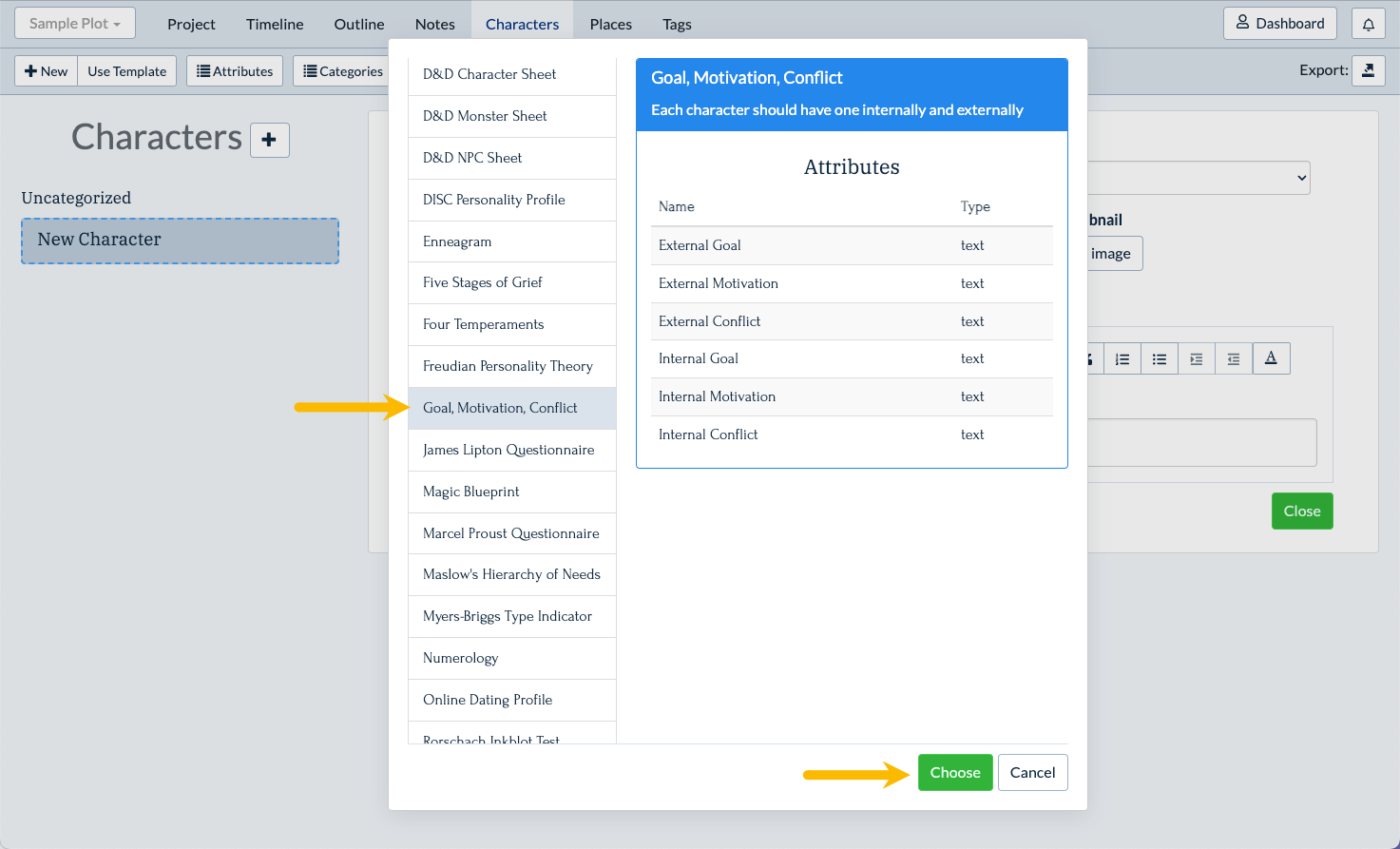
- Step 4: Fill in the internal and external goals, motivations, and conflicts of your characters in Plottr!
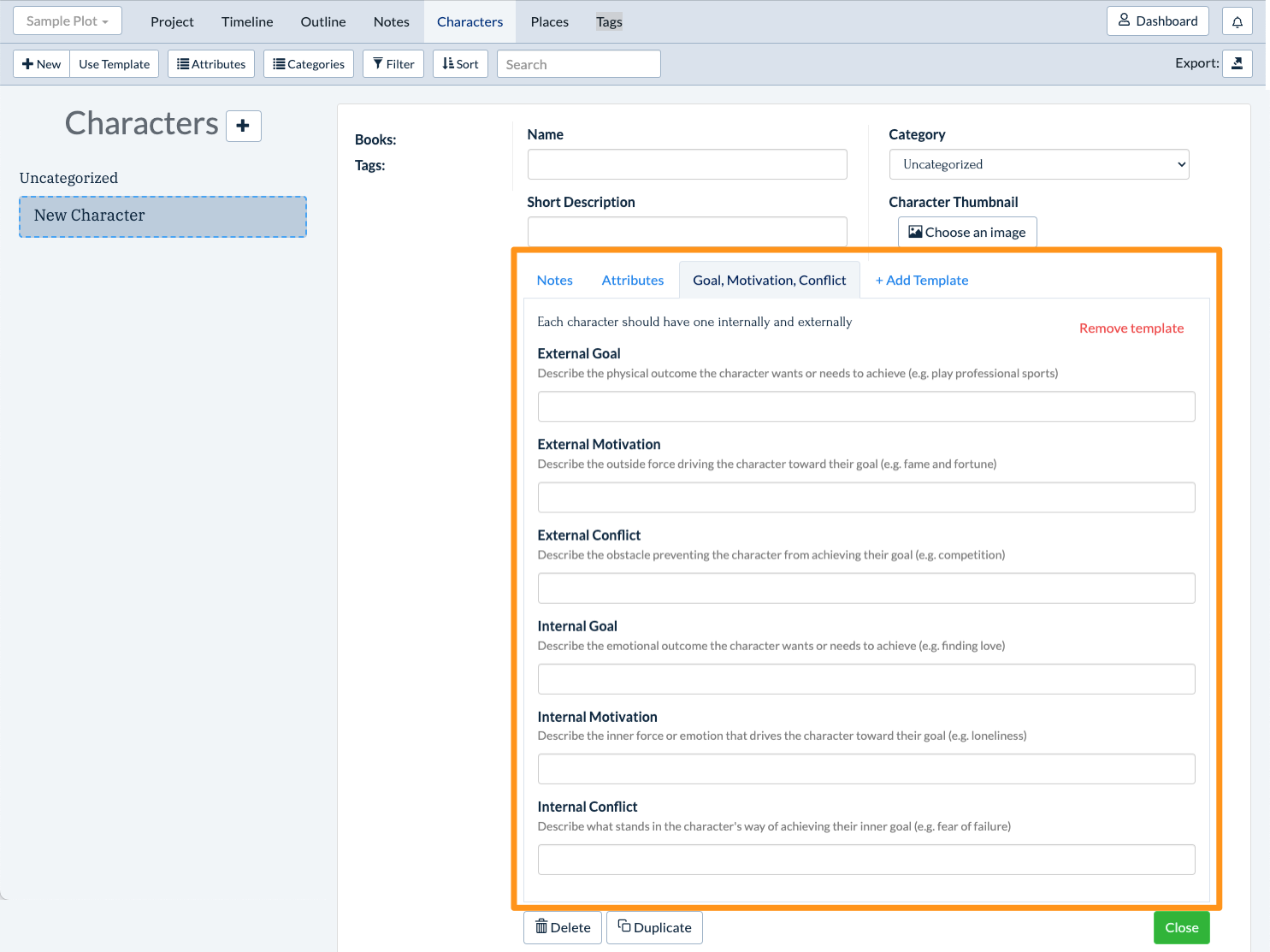
Imagine the minds of each of your characters like an empty room, just waiting for the right combination of furniture to come together and make it livable. The Goal, Motivation, Conflict method of character building can help you pick out the right internal and external furnishings to flesh out that empty room.
If you’re ready to get started using the Character Bio template in Plottr, sign up for a free trial or purchase Plottr today and see how the Goal, Motivation, Conflict template — among many other features! — can help you create more complex and compelling characters.
The Character Bio template also pairs well with these Plottr character development templates:
For more inspiration, check out these beat sheets for writers to see how some of your favorite stories can be distilled into powerful plot structures.

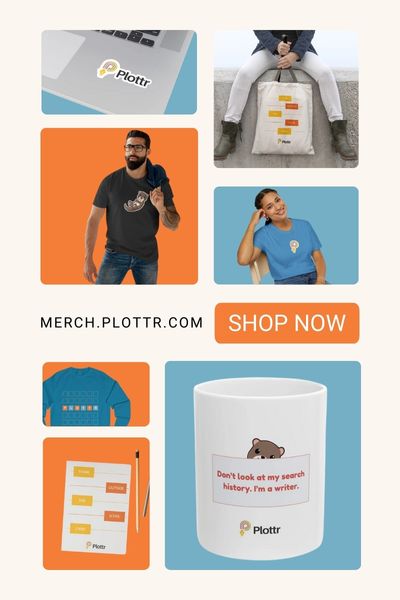
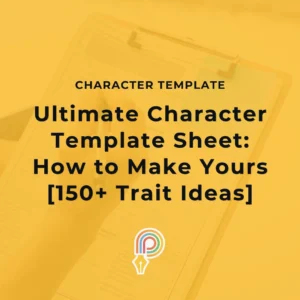
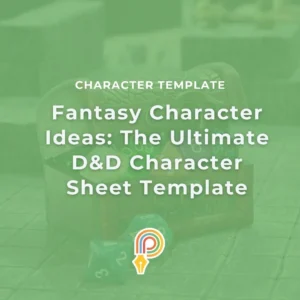




Comments